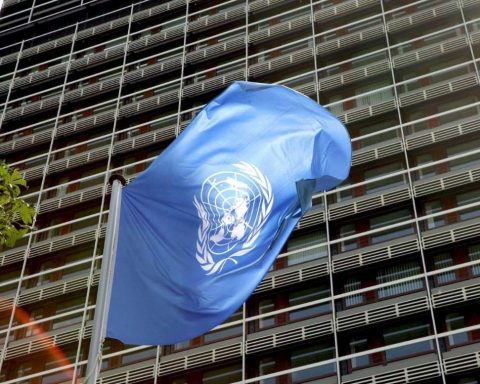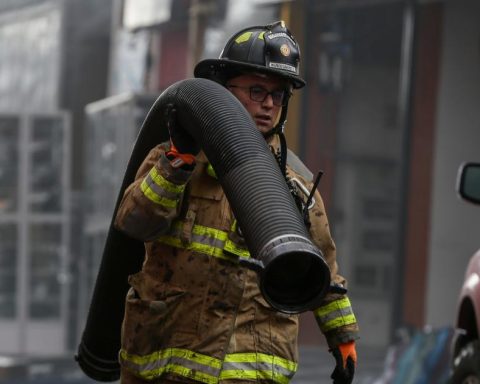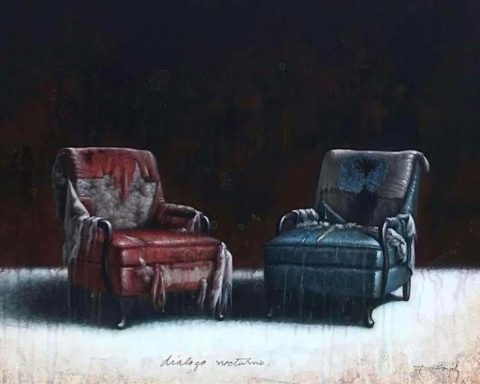The Minister of Productive Development, Matías Kulfas, stressed that “today there are few countries that grow in industrial matters, Argentina is one of these” and that, after facing the “double economic crisis” of the pandemic and the one inherited from the previous administration of government, the economy will grow this year almost 10 points with a strong boost from manufacturing activity.
In this sense, the minister maintained that from the government you see “a very clear revival”, since, according to the latest Indec data, economic activity shows a growth of 4.7% in September 2021 compared to the same month of 2019 and 2.6% above September 2018.
“We never lowered our arms and today we are coming out of the two crises: the macrismo and the pandemic. Almost everything we lost in the pandemic we recovered this year, with heterogeneity between sectors, but with an upward trend in all”, Kulfas stated during the seminar “Reactivation and productive policies to put Argentina on its feet” at the headquarters of the Justicialist party in the City of Buenos Aires.
Specifically, the recovery of manufacturing activity stood out, since “The industry is heading out of the crisis generated by the government of (Mauricio) Macri” and that “is something that we have to value,” he said.
“Today there are few countries in the world that are growing in industrial matters, Argentina is one of them,” said Kulfas, who, among other milestones of the year, pointed out that the production of agricultural machinery “is heading to be the highest in the 21st century” .

“We have managed to reverse part of the deindustrialization of the Macri government and substitute in some branches such as agricultural and road machinery, light authoring or transport and loads, in order to substitute imports”, added.
He also highlighted that the installed capacity in SMEs is “the highest in three and a half years”, that in a key activity such as construction it is “3.2% above 2019” and that there will be “a very large recovery in consumption and of employment in tourism, hotels and gastronomy “, in addition to having already recovered sales in supermarkets at 2019 levels.
Another of the key sectors was the recovery of exports, with a sharp rise in international prices, but also in quantities.
However, he focused on the use of surplus foreign exchange for the economy: “3 out of every 4 dollars spent is to import machinery and supplies to integrate into local production”
Finally, he highlighted the work in terms of industrial promotion with the start-up of 16 industrial tables, in which the business sector, workers and the state of each activity agree to carry out modifications that enhance the competitiveness of the sector.
One of these is the The automotive sector, whose plan “aims to balance the sector’s foreign exchange balance” which, years ago, “had an annual deficit of between 8 and 9 billion dollars.”

















